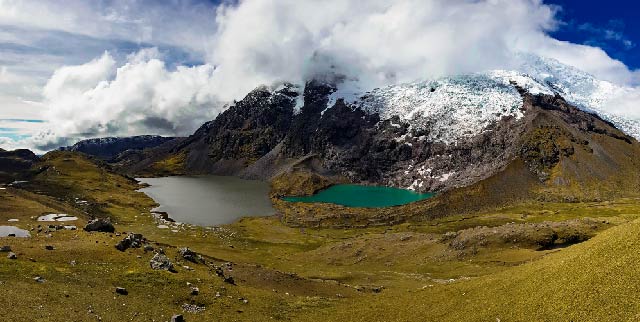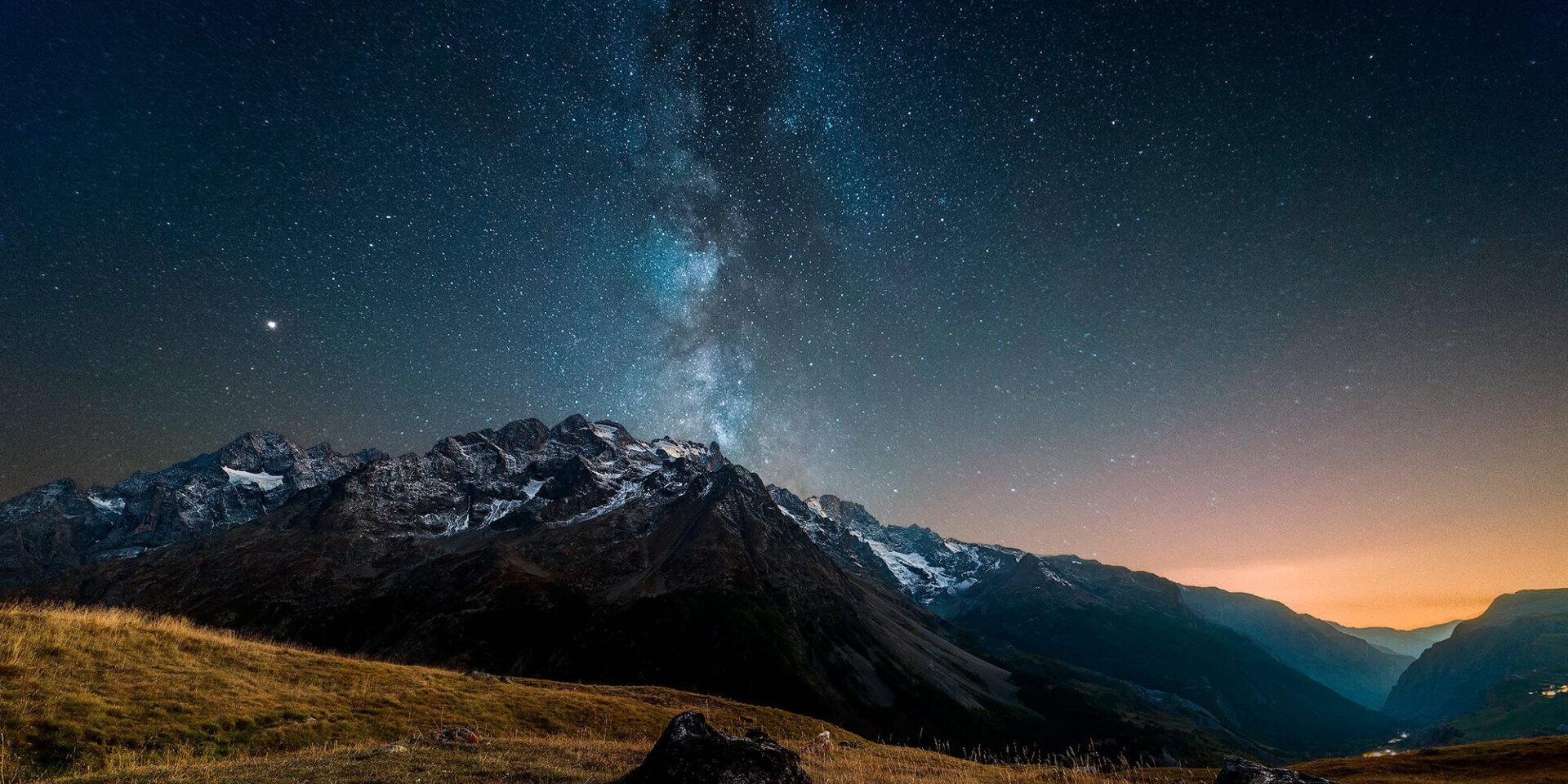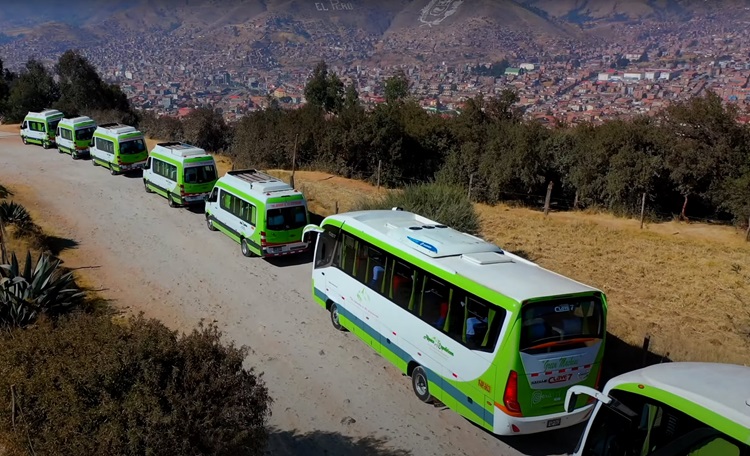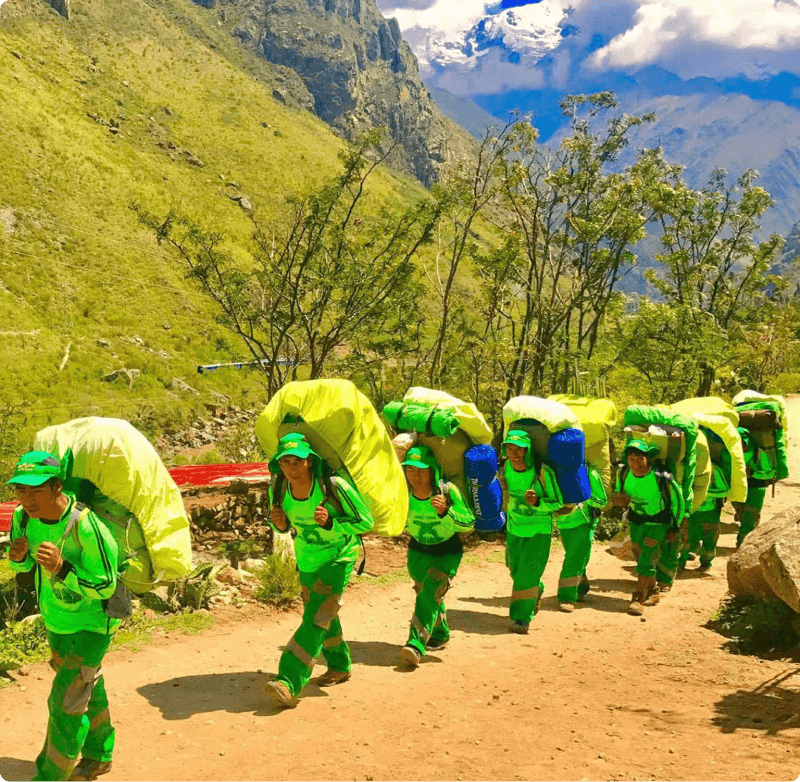The Inca Trail Sky | For those of you booked with us on one of our Alternative Treks, we have now added Telescopes to our campsites (one campsite on each trek). See how the Peruvian skies differ from your sky at home. Learn about our constellations and why the Incas relied on them so much for weather and farming conditions.
The Inca trail sky Constellations:
For the Incas, “Mayu,” (the Milky Way) was a life-giving river in the heavens with its earthly counterpart – the Urubamba River in the Sacred Valley, high up in the Andes Mountains. The Incas grouped constellations into two different types – luminous and dark. The first was made up of sparkling stars that depicted geometric forms in the sky. These luminous constellations were seen as inanimate. The other kind – the dark cloud constellations – were contained within the dark blotches of the Milky Way, and were considered living forms, representing animals the Incas knew. These dark patches represented the silhouettes of animals that came to drink from the waters of celestial river, obscuring the heavenly glow of Mayu.
One of the most important dark cloud constellations was Yacana –the llama, which rises above Cuzco, the ancient capital city of the Incas, in November. It consists of two llamas – the Mother Llama, seen between the Southern Cross and Scorpio, and the Baby Llama, suckling at her mother’s breast. Although The Llama is a dark cloud constellation, the eyes of the Mother Llama are the two bright stars from the constellation Centaurus. One is Alpha Centauri, which is the third brightest star in the night sky (to the naked eye it appears as one star, but is in fact a binary star system), and the other – Beta Centauri, is a trinary star system.
Another dark constellation is the Serpent – Mach’acuay –a wavy black ribbon between the star Adhara, in Canis Major, and the Southern Cross. It appears above Cuzco in August and sets in February, when its earthly counterparts become visible and more active in the area. Mach’acuay was in charge of all snakes and vipers on Earth, and offerings were made by the Incas to protect themselves from snake bites.
This painting shows some of the animal shapes that the Incas saw in the dark spots of the Milky Way. Two black spots near the Southern Cross are Hanp’atu, the Toad, and Yutu, the Andean ground Partridge. These two keep a safe distance from the Serpent in the east, and from Atoq, the Fox, in the west. The dark constellation of Yutu (the Partridge) occupies the same area as the dark Coalsack Nebula in the constellation Crux, which in Australian Aboriginal astronomy is the head of their dark constellation “Emu in the Sky.”
The reason why the Incas revered the skies and celestial events was two-fold. First, their observations of stars, of constellations (dark and stellar), and of the movements of the sun and moon, provided them with units of time, and a calendar system which helped them plan agricultural and herding activities.
Second, although the Incas worshipped dark constellations, they thought of themselves as descendents of the sun god – Inti. The Festival of the Sun “Inti Raymi “ is still celebrated in indigenous cultures throughout the Andes. “Inti Raymi” was celebrated by the Incas on the shortest day of the year during the winter solstice, and was the most important event in their lives. Little did they know that the object of their worship was a gigantic ball of hot plasma with an internal temperature of 15 million degrees Celsius, and racing inside their celestial river “Mayu” at the speed of 225km per second.
Credited to http://futurism.com/the-dark-constellations-of-the-incas/




































 Porters will carry up to 7 kg of your personal items, which must include your sleeping bag and air mat (if you bring or rent one). From us, these two items weigh a combined total of 3.5 kg.
Porters will carry up to 7 kg of your personal items, which must include your sleeping bag and air mat (if you bring or rent one). From us, these two items weigh a combined total of 3.5 kg.

